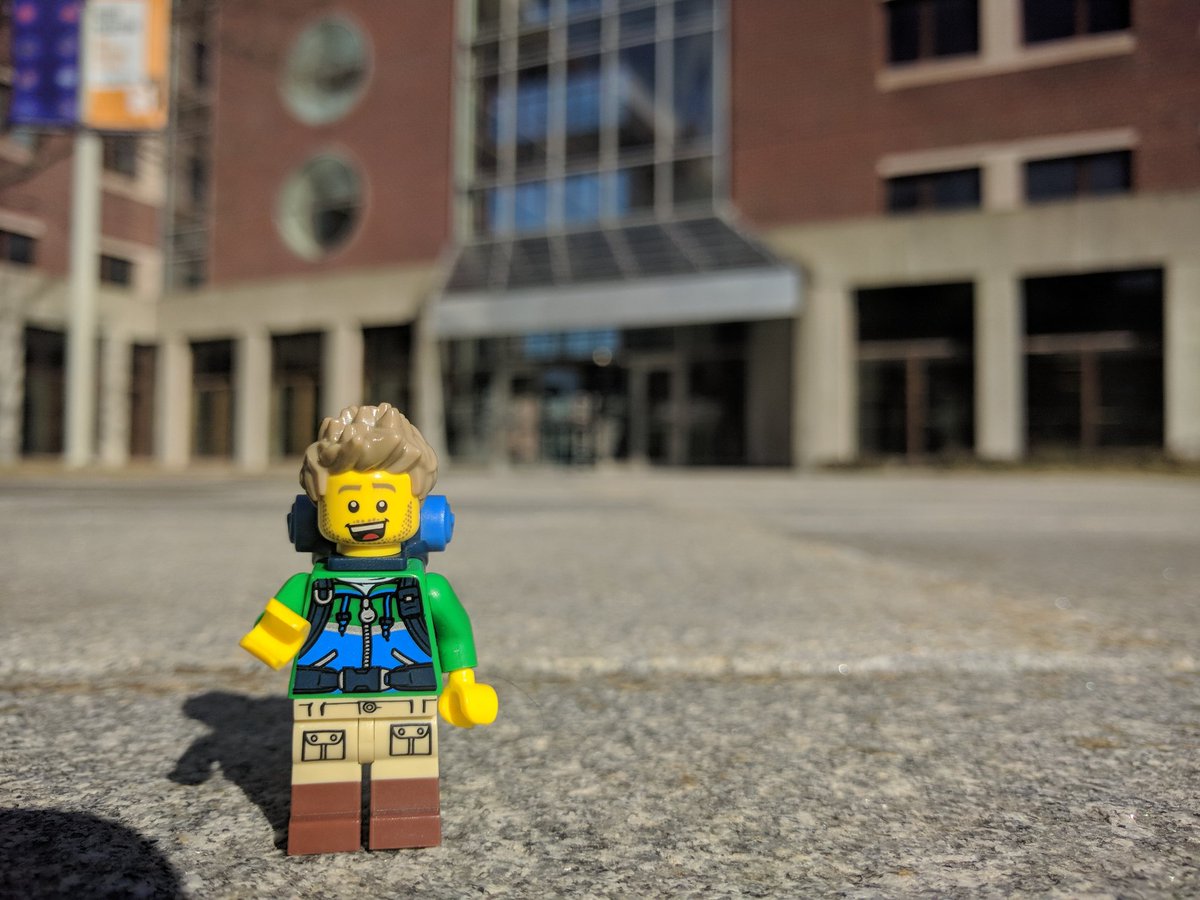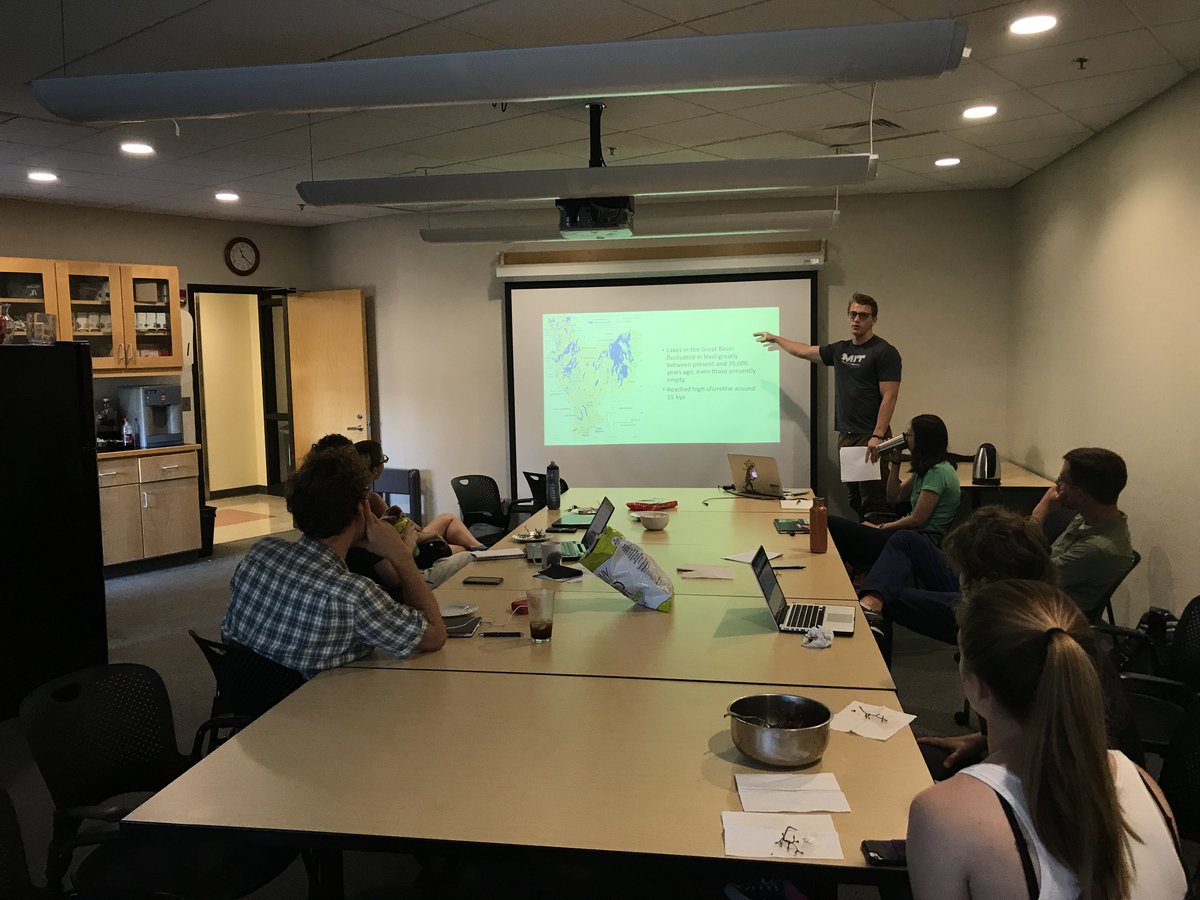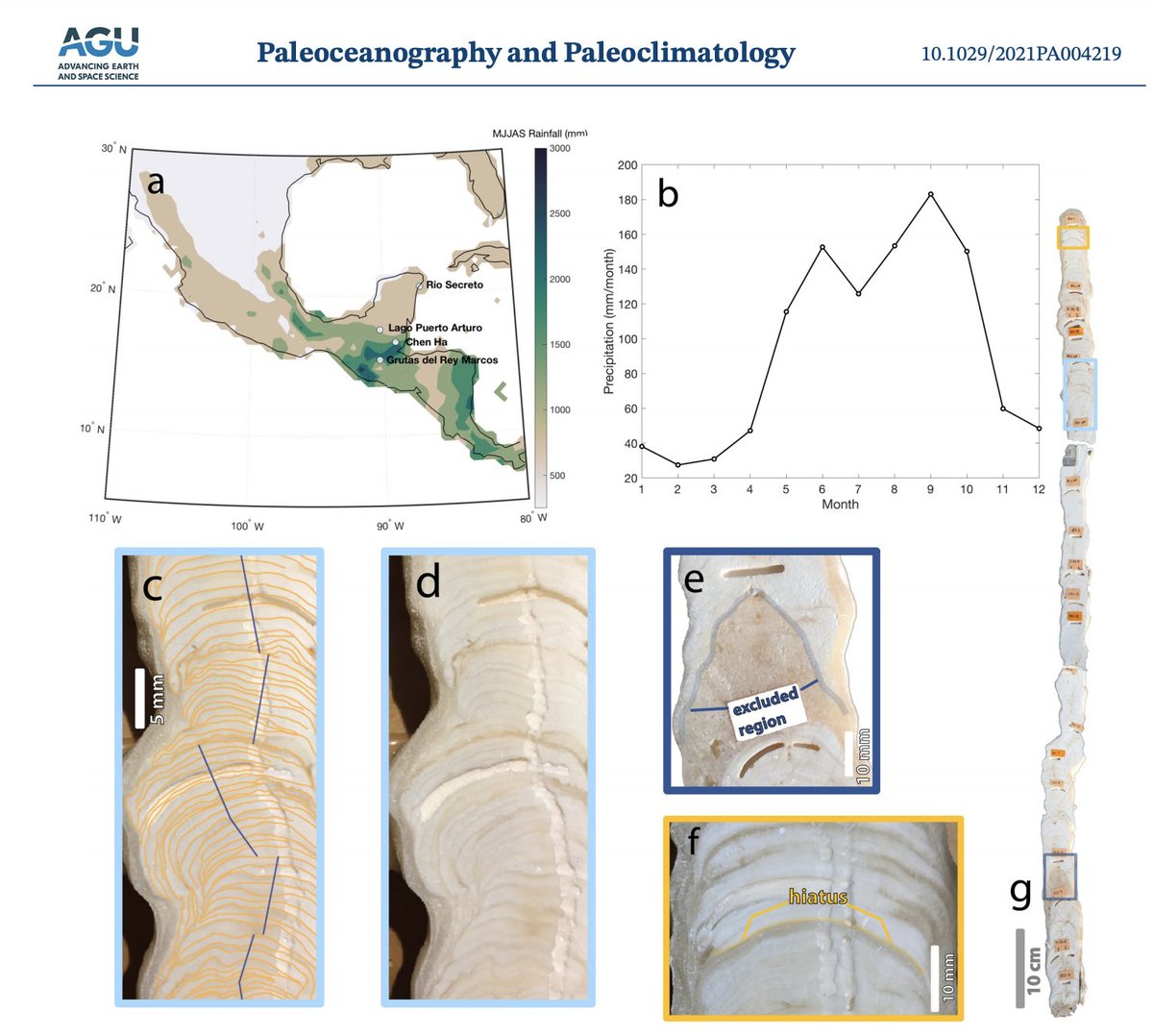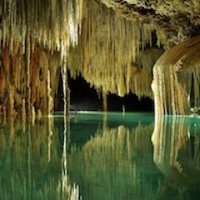
McGee Lab @ MIT
@paleoclimit
McGee Lab for Paleoclimate and Geochronology | @eapsMIT | Using geochemistry to investigate past #climatechange
ID: 707601077932335104
http://www.mit.edu/~davidmcg/index.html 09-03-2016 16:16:58
105 Tweet
443 Followers
163 Following


Big lakes in the SW US during the last deglaciation linked to tropical Pacific changes in our new Science Advances paper--pointing out importance of better representation of tropical Pacific in models. Thx to Dan Ibarra for help! advances.sciencemag.org/content/4/11/e…


New record shows the last 240,000 yrs of Saharan dust variations track summer insolation, with much less influence from glacial-interglacial changes than previously thought. Great work, Charlotte Skonieczny! advances.sciencemag.org/content/5/1/ea…

Our new paper is out now in Paleoceanography and Paleoclimatology (yes they let in stalagmites now). Check it out for a great story on tropical rainfall dynamics at the edges of the monsoon during the deglaciation. rdcu.be/boUKc McGee Lab @ MIT

NSF is sponsoring 10(!) student and early career scientists to attend the Geochronology GRC. Applications from underrepresented groups are especially encouraged! Info here: tinyurl.com/y34d358d. EARTHTIME EarthRates @DenaSmithNufio National Association of Black Geoscientists @sacnas geosociety

ICYM March's @CafeSciBoston, it's available online! In this talk, @earth2christine and Gabi Serrato Marks, PhD describe their search for ancient stalagmites, relict shorelines, and fossilized algae that serve as natural archives of Earth's changing climate. to.pbs.org/2GDDutf
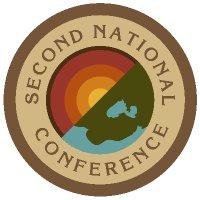
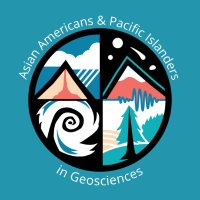
🥳 To the entire Earth sciences community — today, we are officially launching... Asian Americans & Pacific Islanders in Geociences (Asian Americans & Pacific Islanders in Geosciences)! aapigeosci.org Help us spread the word, to reach those who need this community now more than ever. ❤️ Learn more: ⏭️
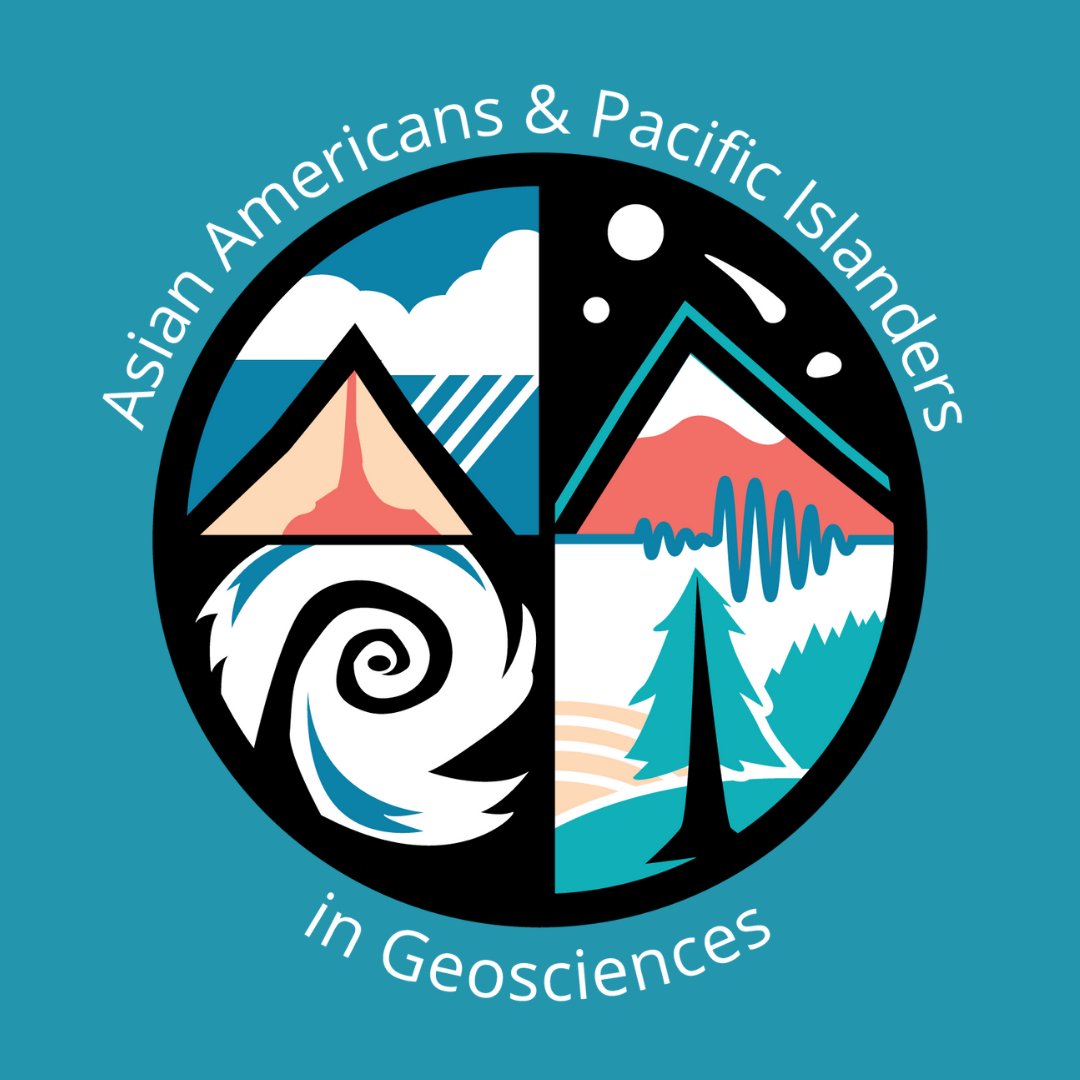

We used cave deposits to uncover the history of Canadian permafrost, finding that thaw was much more common prior 400,000 yrs ago. Like Anton Vaks's results from Siberia, looks like a shift in NH permafrost stability after MIS11. Why? Love a good mystery. advances.sciencemag.org/content/7/18/e…






6 days of sampling beautiful mud Ethan LaComb. Can't wait to see what Searles lake seds tell us about last interglacial climate in southern CA.
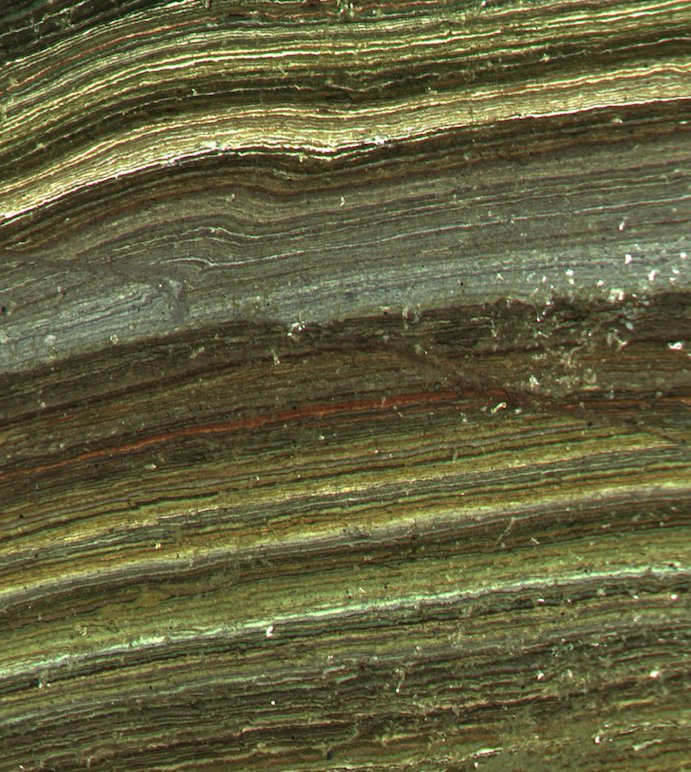


#EAPS Prof. McGee (McGee Lab @ MIT) speaks to @ClimateX_MIT about how climate puzzles of the past point to the future bit.ly/2wIVewQ



Thanks McGee Lab @ MIT for another week of stal dating chemistry. It's been fun and tiring, as usual.
